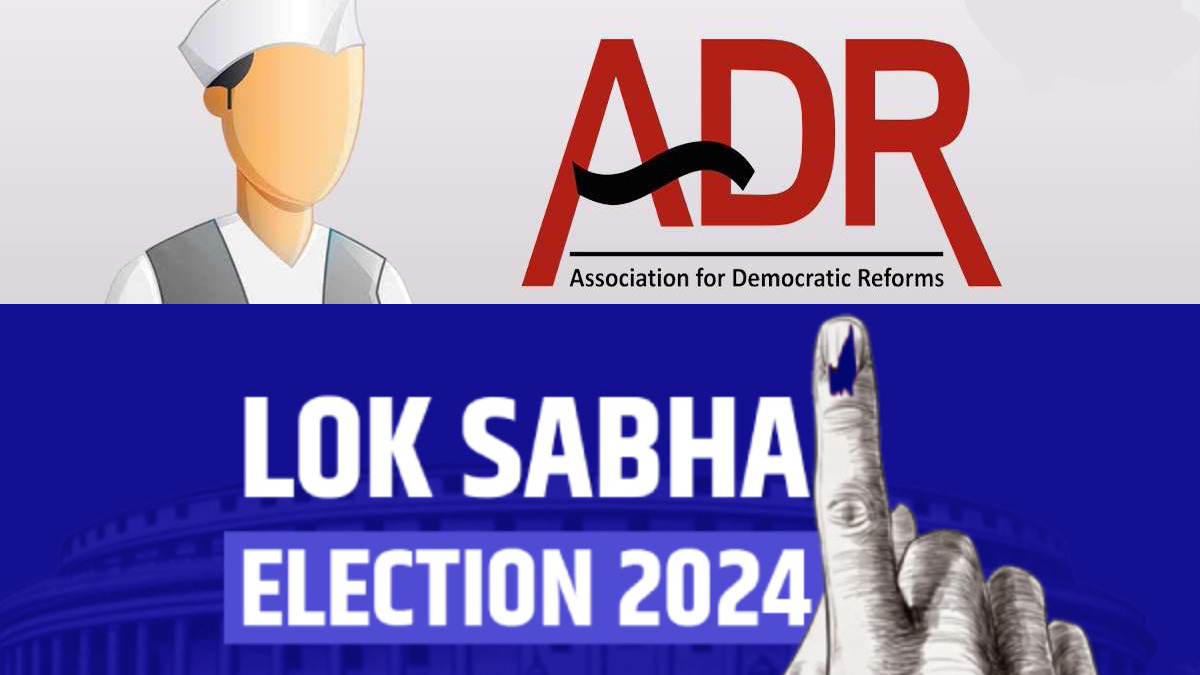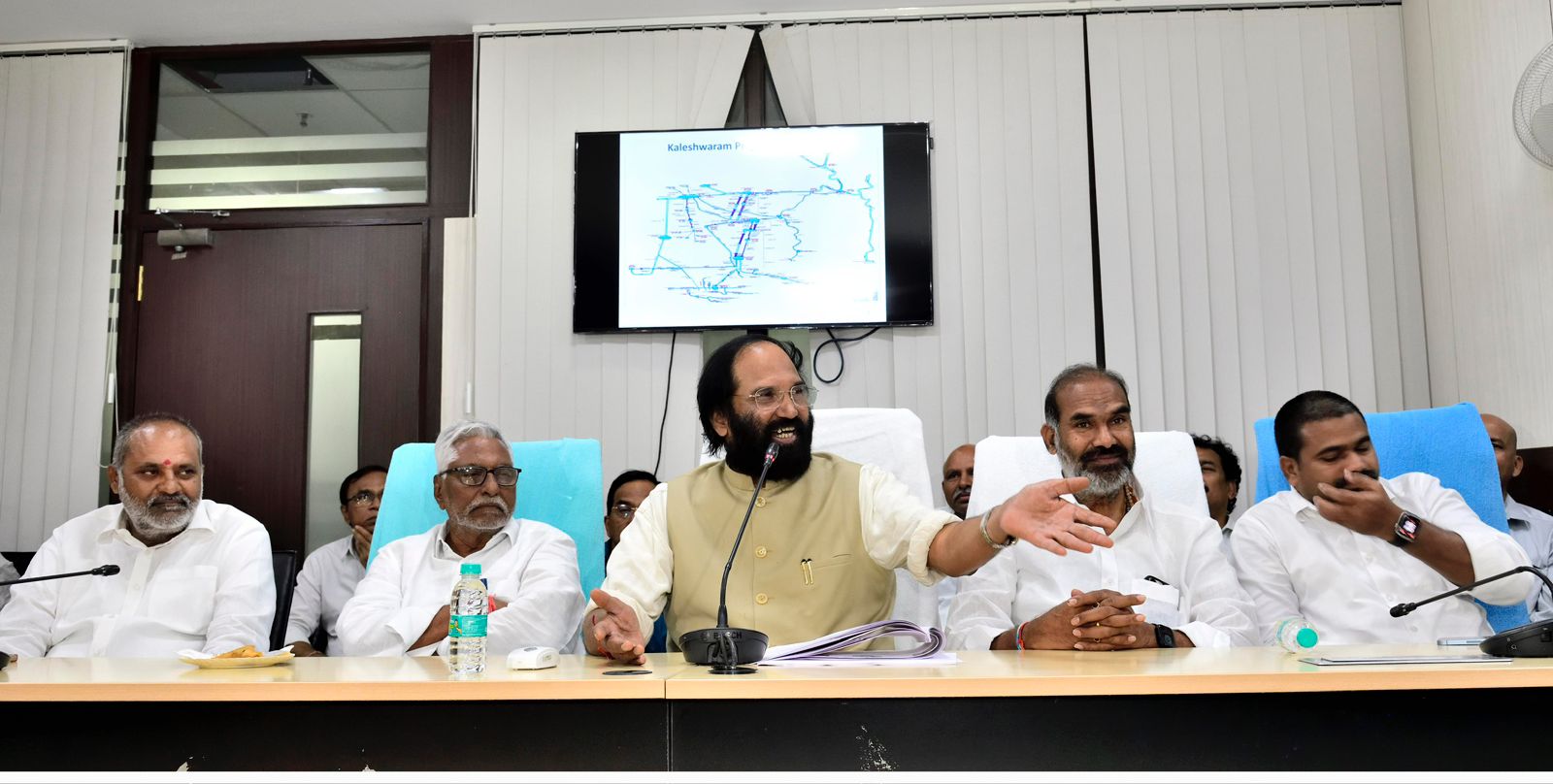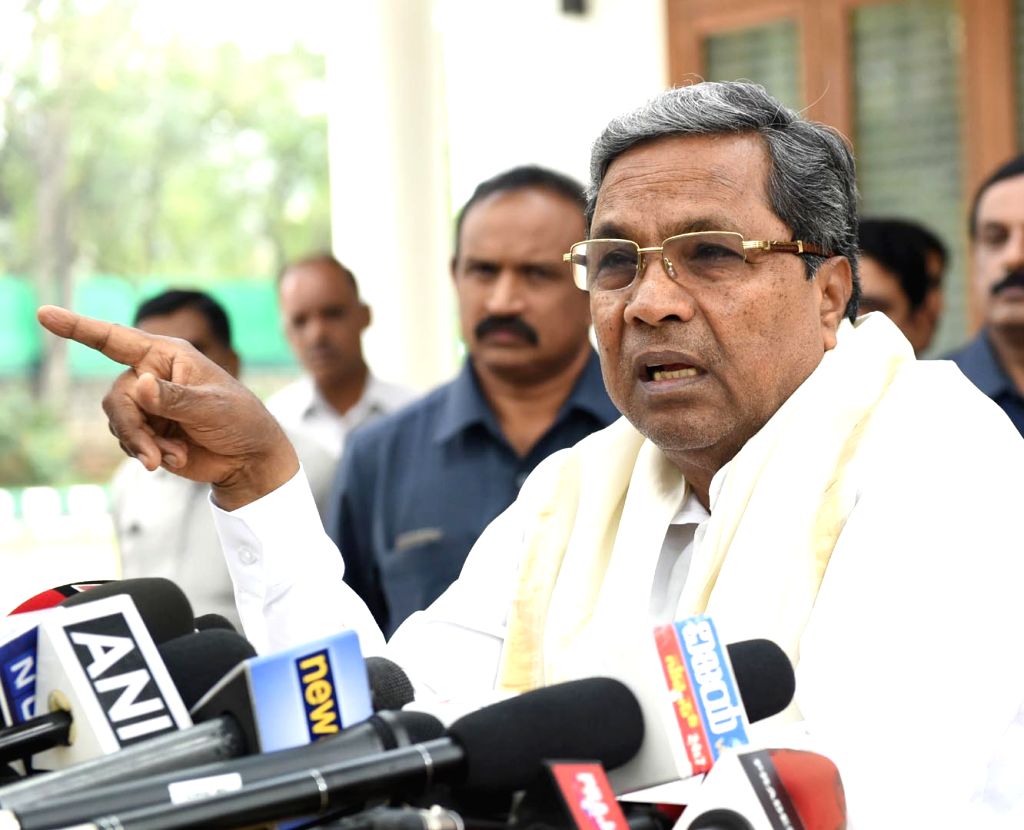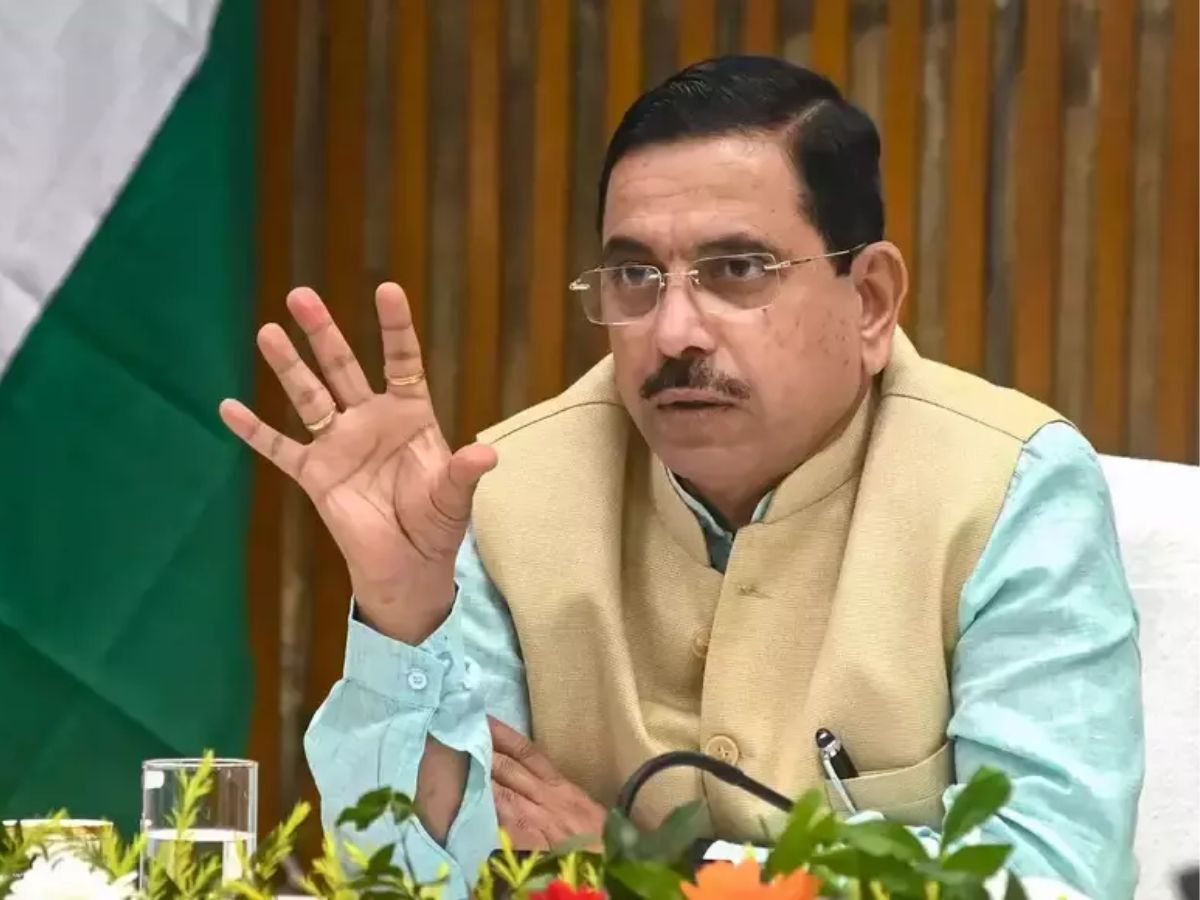ADR knocks SC doors to direct the EC to release actual voting percentages

New Delhi: The Election Commission of India (ECI) has come under scrutiny for its delayed release of voter turnout data, prompting the Opposition to question the efficacy of the electoral oversight body in the world’s largest democracy.
This critique arises amidst allegations of the ECI’s perceived lack of prompt action against BJP leaders accused of making divisive remarks of a communal and casteist nature. Such allegations have led to doubts being cast on the integrity of this constitutional institution.
In the midst of this contentious debate between the Opposition and the Commission, the Association for Democratic Reforms (ADR) has petitioned the Supreme Court, urging it to compel the Commission to promptly disclose the precise figures of votes cast. The Supreme Court is scheduled to hear ADR’s plea on May 17.
Against this backdrop, Mahua Moitra, a prominent leader of the Trinamool Congress (TMC) and Lok Sabha candidate for Bengal’s Krishnanagar constituency, took to social media platform X to highlight how she managed to compile voter data for her constituency within a mere 24 hours of polling. This underscores the perceived disparity in the Commission’s efficiency in disseminating such vital information.
Moitra’s message to the Election Commission, calling attention to this disparity, was met with agreement from figures like Sam Pitroda, who emphasized the importance of such proactive measures by candidates.
In its submission to the Supreme Court, ADR emphasized the significance of safeguarding the democratic process from any potential distortions caused by electoral irregularities.
Notably, the delay in releasing voter turnout data for the initial two phases of the ongoing 2024 Lok Sabha elections, as noted by ADR, underscores a significant lapse, with data being published 11 days after the first phase of polling and 4 days after the second phase.
The Election Commission, in its defense, cited inherent delays in reporting estimated data on the day of polling. It further asserted that political parties are well acquainted with constituency-wise elector numbers throughout the electoral cycle, given their involvement in the preparation of electoral rolls.
Moreover, the Commission emphasized that the number of electors per polling station, aggregated at the constituency level, is readily available to all candidates and political parties. It reassured that there is no room for deviation from the recorded number of votes cast, as documented in Form 17C, which is provided to all contesting candidates upon the conclusion of polling.




